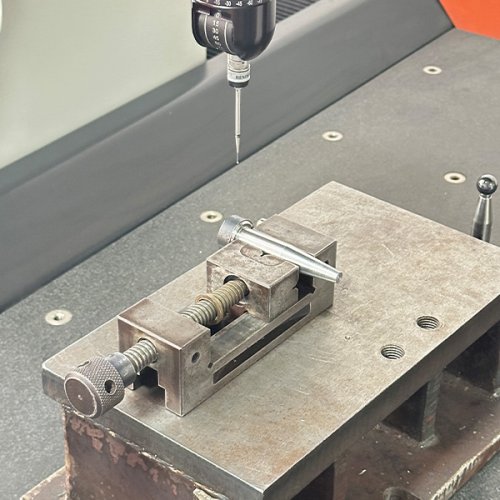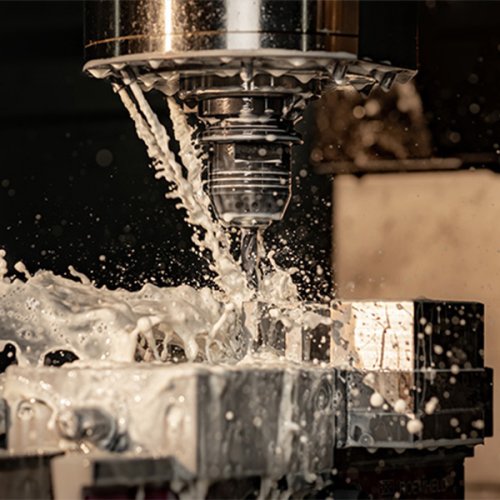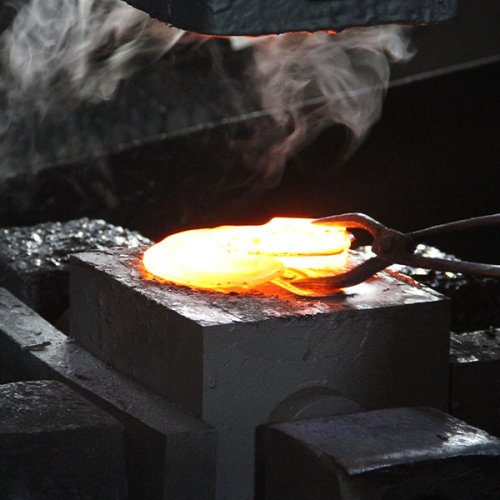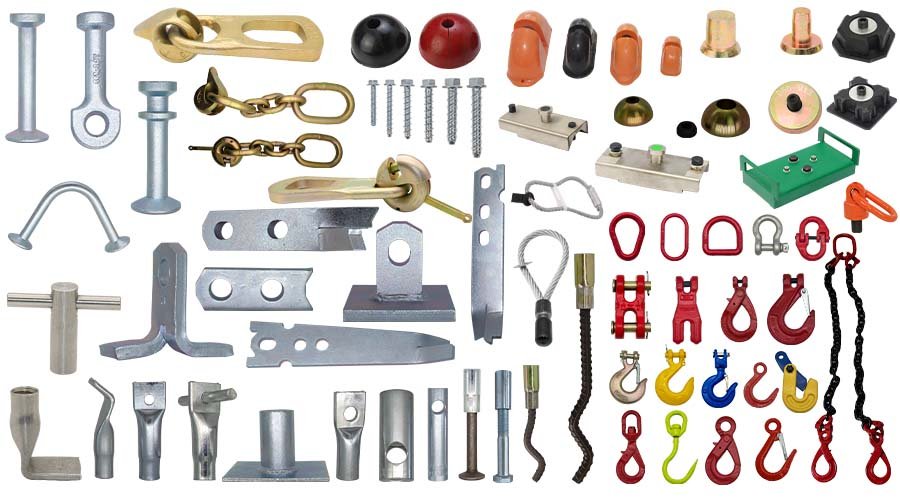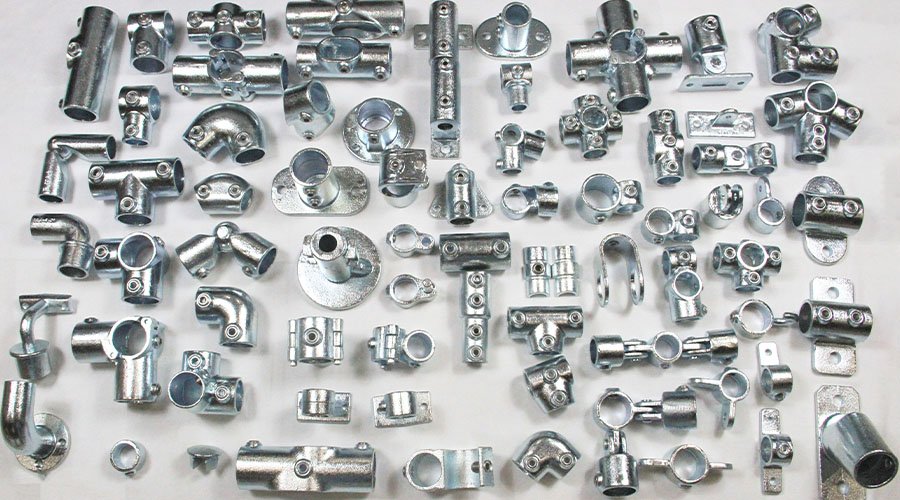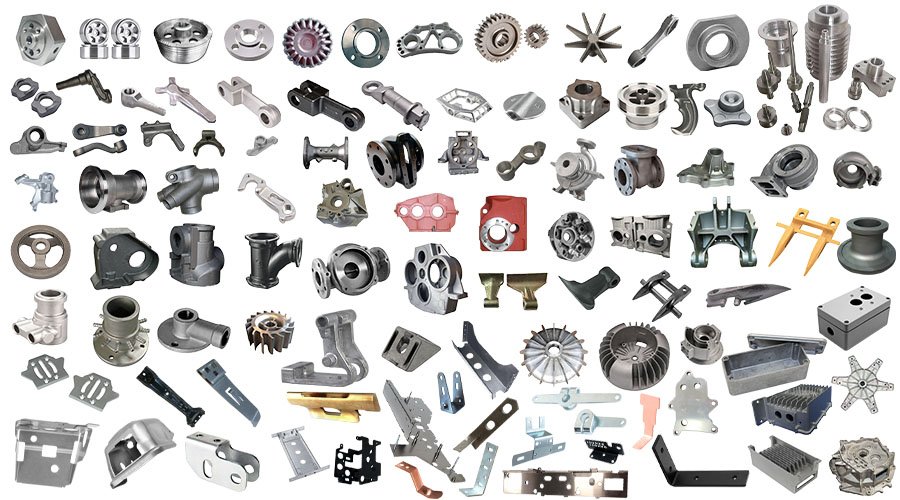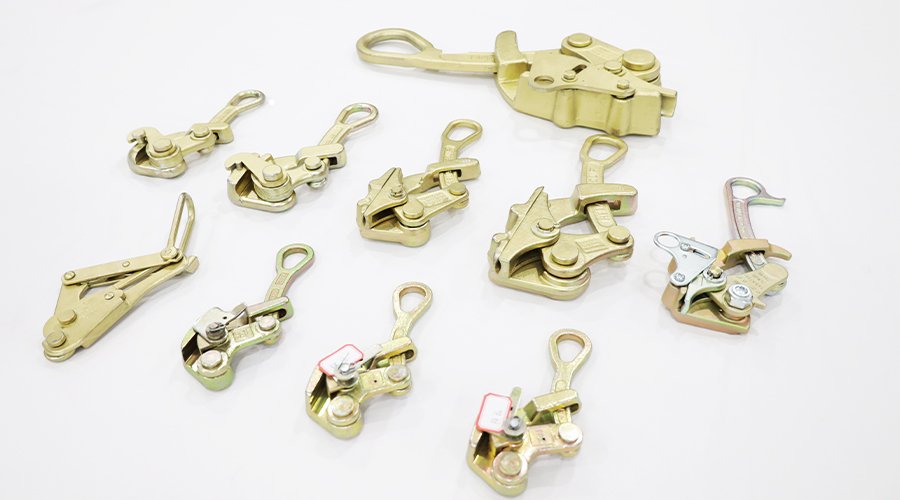We specialize in producing custom steel metal parts such as brackets, gears, shafts, flanges, and structural components. Each part is crafted to precise specifications, ensuring excellent fit and functionality for various applications. Whether for heavy machinery, automotive assemblies, or infrastructure projects, our steel parts deliver reliability and durability. Customization options include material grades, finishes, and sizes to meet unique design requirements efficiently and cost-effectively.

 EN
EN RU
RU

